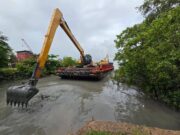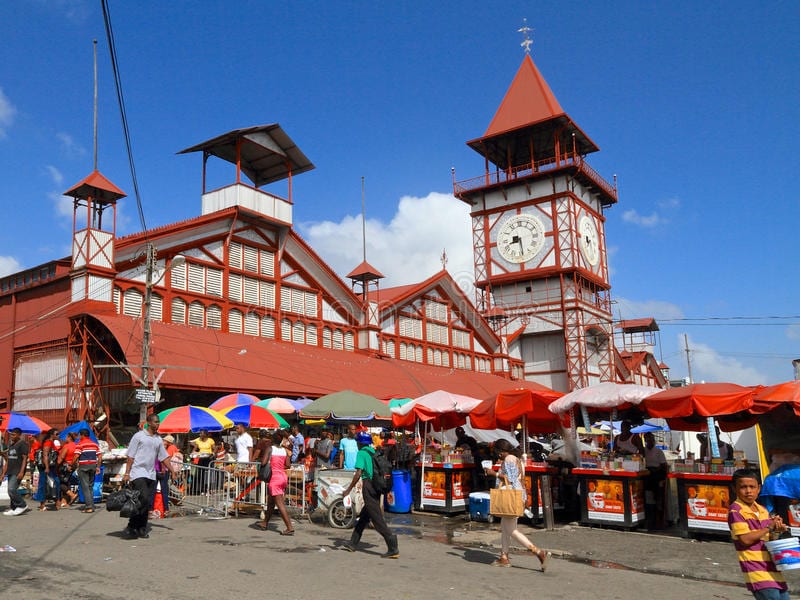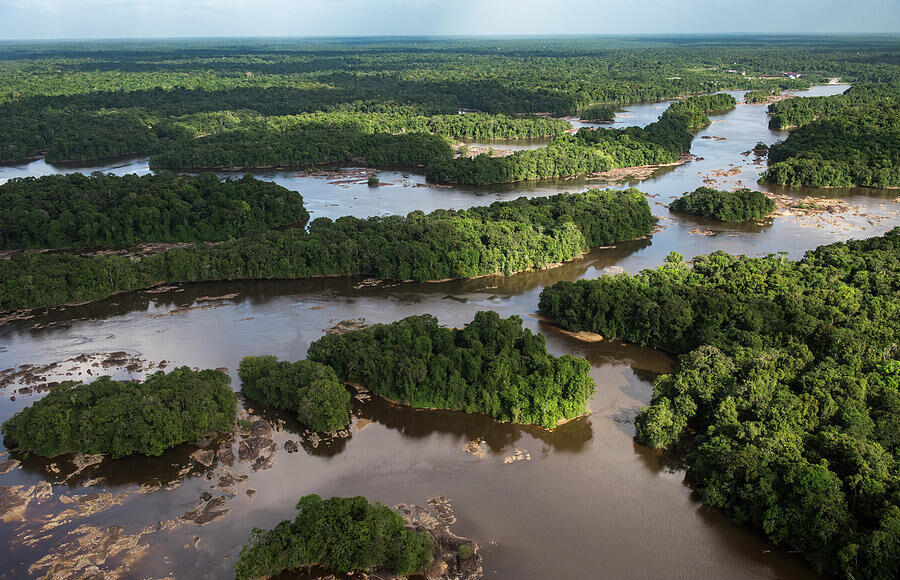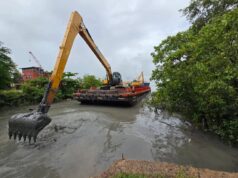By Kiana Wilburg
Guyanese authorities are daring to venture into the wildest and never-before-seen parts of this country to assess and document the nation’s hidden gems of biodiversity. This includes plants, animals, fungi, microorganisms, and the broader ecosystems. It was President Dr. Irfaan Ali who made this announcement at the Global Biodiversity Alliance (GBA) Summit. The event, which took place over two days from July 23 to 24, was held at the Arthur Chung Conference Centre (ACCC).
The summit marked the launch of the GBA, a community of international, regional and local partners who are committed to preventing further loss of biodiversity worldwide.
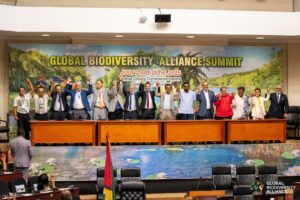
But why is Guyana even concerned about taking on this global challenge? It has already seen massive success with the first and second iterations of the Low Carbon Development Strategy (LCDS). That document allowed Guyana to earn millions of dollars, first from the Kingdom of Norway, then from Hess Corporation, to keep its forests standing. A significant portion has already been shared with indigenous communities.
While Guyana can remain contented with its achievements at home, it is one of eight countries that hosts the Amazon biome in South America. That’s a fun fact, but why should this matter to you? Well, could you survive in your home without an air conditioning machine or even a fan? Precisely! The heat is insufferable. Like your cooling systems, the Amazon serves the same purpose for the world. It is one of the largest air conditioning machines on Earth and is home to more than 30 million people.
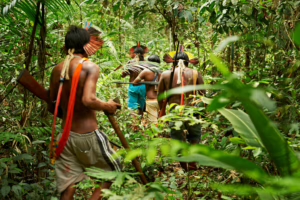
The Amazon, however, is facing a perilous situation. Scientists are warning that it would reach a point of no return or the “tipping point”, where all we would be left with is a dry savannah, making it easier to burn to the ground. This would be a certainty if deforestation reaches 20-25% or global heating rises to 2.0-2.5C (above preindustrial levels).
Today, 18% of the Amazon has been permanently destroyed and the world has warmed by 1.5C. The world is also on course to reach 2.0-2.5C by 2050.
Guyana has seen the proverbial writing on the wall. Though a small nation, it has recognized that danger is ahead. Whether it is responsible for the problem or not, someone must act fast. Guyana has volunteered, establishing the Global Biodiversity Alliance (GBA), which already has 15 founding partners.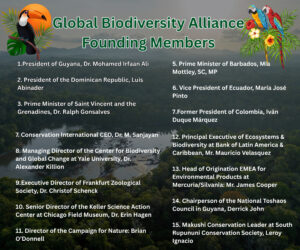
As Chair of the GBA, President Ali said Guyana will demonstrate its commitment to transparency and accountability, starting with an audit of its biodiversity profile. He noted that the Field Museum of Natural History in Chicago, which has already begun significant work in this area for the country, will assist with this process.
At the GBA Summit, the president highlighted that the Field Museum, along with indigenous villages, the Guyana Protected Areas Commission, Conservation International, the South Rupununi Conservation Society, the Environmental Protection Agency, the University of Guyana, and Yale researchers, conducted an expedition to a corridor of land in the Acarai-Corentyne.
Few have set foot in this remote wilderness, making it a scientific treasure. The area covers 1.5 million hectares of forest, representing 7% of Guyana’s land surface. It extends 275 kilometers from the Guyana-Brazil border in the south to the headwaters of the Berbice River in the north. It also lies at an elevation of 873 meters above sea level.
Remarkably, the 3.4-billion-year-old surface geology supports thousands of kilometers of creeks and streams, as well as 800 million trees.
This area hosts 192 mammal species, 178 amphibian and reptile species, more than 440 bird species, and over 400 fish species, one of which was named Hypostomus macushi, in honor of the indigenous Macushi tribe, which has known and eaten it for years.
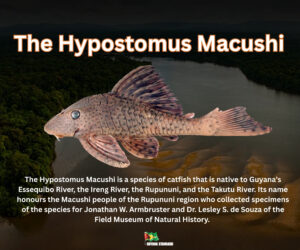
There are also more than 2,000 plant species and trillions of individual organisms—all discovered within just a few months.
The president said this work will continue with an expedition into the Essequibo headwaters. The data collected will then be integrated into a national database system being developed by Yale University in collaboration with the European Union.
He also mentioned that this work will contribute to the establishment of a Centre of Excellence in the years to come. “We’re also hoping to have our own museum, because we have enough history and ecological richness to support such a facility, along with the development of an intensive park showcasing the diversity of our biodiversity,” he stated.
By understanding the hidden gems of its rich landscapes, Guyana hopes to take steps at home to safeguard its well-being. It would also strengthen Guyana’s efforts to accurately estimate the value of its biodiversity and hopefully secure payment for it, in the same way it has done for its forests.

If the country succeeds in this endeavour, it would mark yet another major achievement under the umbrella of the Low Carbon Development Strategy.

